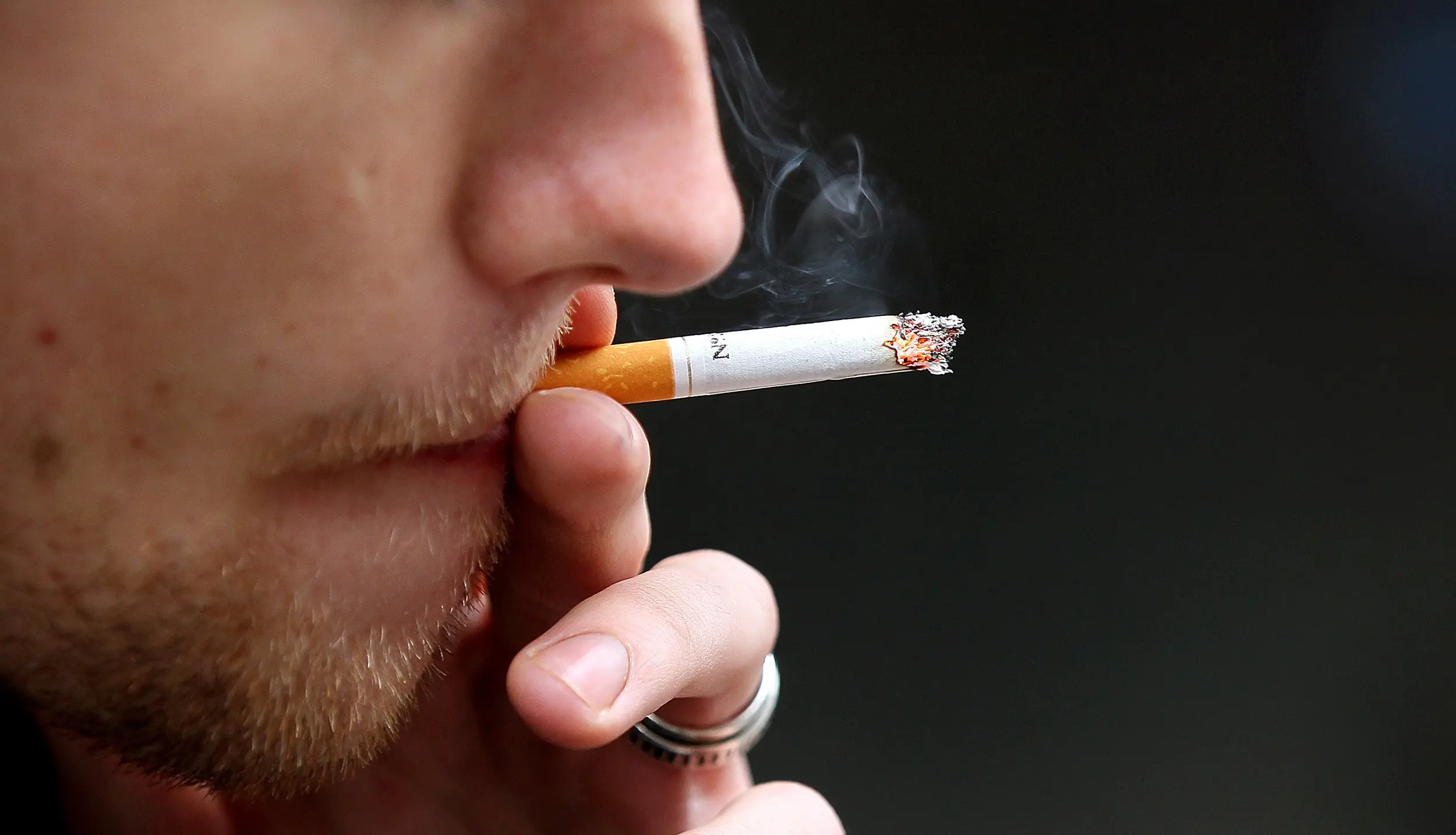Smoking cigarettes has been a prevalent habit for many individuals around the world. However, the act of smoking a cigarette has severe consequences on both the individual's health and the environment. In this article, we will discuss the process of smoking a cigarette, the chemicals involved, the addictive nature of nicotine, and the reasons why people start smoking.
What Happens When a Cigarette is Smoked?
When a cigarette is smoked, the smoke produced contains over 7,000 chemicals. Nicotine, a highly addictive substance, is the primary component of tobacco that drives addiction. To enhance the flavor and absorption of nicotine, hundreds of compounds are added to tobacco. While cigarette smoking remains the most popular method of tobacco use, there are also other forms such as smokeless tobacco and electronic cigarettes.
The cigarette itself is designed to efficiently deliver nicotine to the body. When tobacco is smoked, nicotine rapidly enters the bloodstream and reaches the brain. On average, a smoker takes around 10 puffs on a cigarette over a span of approximately 5 minutes. This means that a person who smokes a pack (20 cigarettes) a day receives 200 hits of nicotine to the brain. In contrast, individuals who do not inhale the smoke, such as cigar and pipe smokers, absorb nicotine through the mucous membranes in the mouth at a slower rate.
Upon exposure to nicotine, the body experiences a kick due to the stimulation of the adrenal glands and the subsequent release of adrenaline. This rush of adrenaline leads to an increase in blood pressure, respiration, and heart rate. Nicotine also activates the reward pathways in the brain, resulting in feelings of pleasure and reinforcement.
Why Do People Start Smoking?
Smoking is most commonly initiated during teenage years. Adolescents with friends or parents who smoke are more likely to start smoking themselves. Some teenagers may try smoking out of curiosity or because they perceive it as cool.
The tobacco industry plays a significant role in influencing people to smoke through advertisements, price breaks, and other promotions. These ads often portray smoking as exciting, glamorous, and safe. Additionally, tobacco use is frequently depicted in video games, online platforms, and movies, further influencing young people to start smoking. In recent years, the rise of e-cigarettes has also contributed to the initiation of nicotine addiction among new users.
Research indicates that anyone who starts using tobacco can become addicted to nicotine. The Surgeon General's Report suggests that nearly 9 out of 10 adults who smoke started before the age of 18, and almost all smokers began smoking by age 2Starting smoking at a younger age increases the likelihood of nicotine addiction. Nicotine is as addictive as heroin or cocaine, and regular tobacco use leads to addiction in many users.
How Nicotine Affects the Body
Nicotine and other chemicals present in tobacco smoke are rapidly absorbed into the bloodstream through the lungs. Once absorbed, nicotine spreads throughout the body. In small amounts, nicotine causes pleasant feelings and distracts individuals from unpleasant emotions, leading to a desire for more tobacco use.
Nicotine affects the brain's chemistry and central nervous system, influencing mood and behavior. Similar to other addictive drugs, nicotine floods the brain's reward circuits with dopamine, a neurotransmitter associated with pleasure. Nicotine also provides a mild adrenaline rush, increasing heart rate and blood pressure.
After taking a puff of a cigarette, nicotine reaches the brain within seconds, and its effects diminish within a few minutes. As the effects wear off, individuals may experience irritability, restlessness, and an urge to smoke again. Over time, the body develops tolerance to nicotine, leading smokers to increase tobacco usage to maintain a comfortable nicotine level.

Smokers who try to quit often face withdrawal symptoms, including irritability, anxiety, headaches, and trouble sleeping. These symptoms highlight the addictive nature of nicotine and the difficulty in quitting smoking. In fact, studies have shown that quitting smoking can be more challenging than stopping the use of cocaine or opiates.

Nicotine in Other Tobacco Products
Nicotine is present in various tobacco products, including cigars, smokeless tobacco, non-combusted products, and e-cigarettes. The nicotine content in these products varies, but they all have the potential to lead to nicotine addiction.
Cigars, whether inhaled or not, deliver nicotine to the body. Full-size cigars contain as much nicotine as several cigarettes, while smaller cigars have similar amounts of nicotine to a single cigarette. Smokeless tobacco, including moist snuff, dry snuff, and chew tobacco, also delivers high doses of nicotine. The nicotine levels in non-combusted products, such as heat-not-burn cigarettes, dissolvable tobacco, and nicotine gels, vary depending on the specific product.
E-cigarettes, or vapes, contain e-liquids that typically contain nicotine. However, nicotine levels can vary among different types of e-cigarettes, and product labels may not always accurately indicate the nicotine content. Some e-cigarette brands claim to be nicotine-free but have been found to contain nicotine.
The Challenges of Quitting Tobacco
Quitting tobacco use can be extremely difficult due to both physical and mental dependence on nicotine. Nicotine withdrawal symptoms can include dizziness, depression, anxiety, irritability, trouble sleeping, increased appetite, weight gain, and more. These symptoms can lead individuals to relapse and resume tobacco use to alleviate the discomfort.

Studies have shown that smokeless tobacco users face similar challenges in giving up tobacco as those who want to quit smoking cigarettes. The combination of physical withdrawal symptoms and the emotional attachment to smoking makes it a hard habit to break.
In conclusion, smoking a cigarette has detrimental effects on both the individual and society. The addictive nature of nicotine, the chemicals present in tobacco smoke, and the challenges of quitting make smoking a dangerous habit. Understanding the consequences of smoking can help individuals make informed decisions and pursue healthier alternatives.
If you want to know other articles similar to The effects of smoking: a detailed overview you can visit the Addiction category.


Related Articles